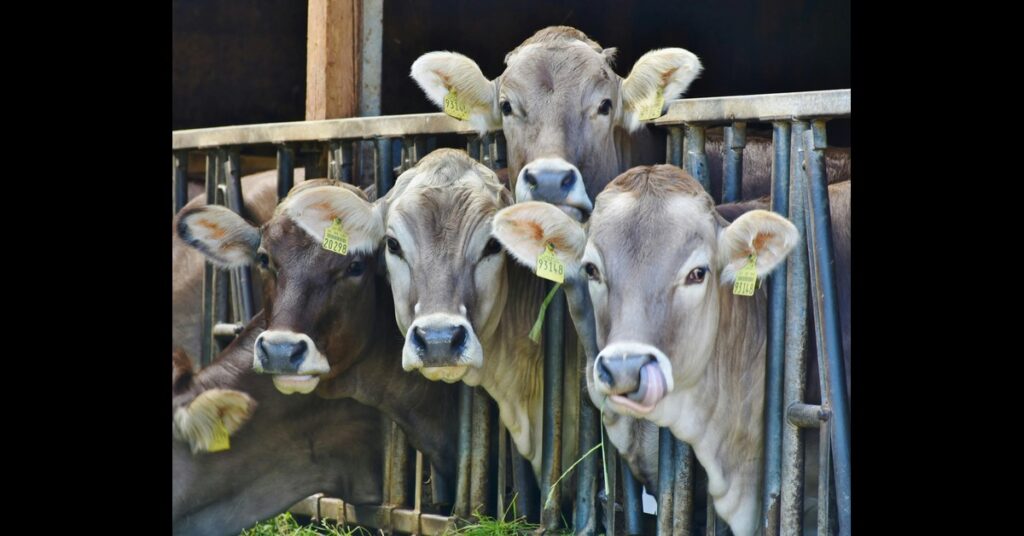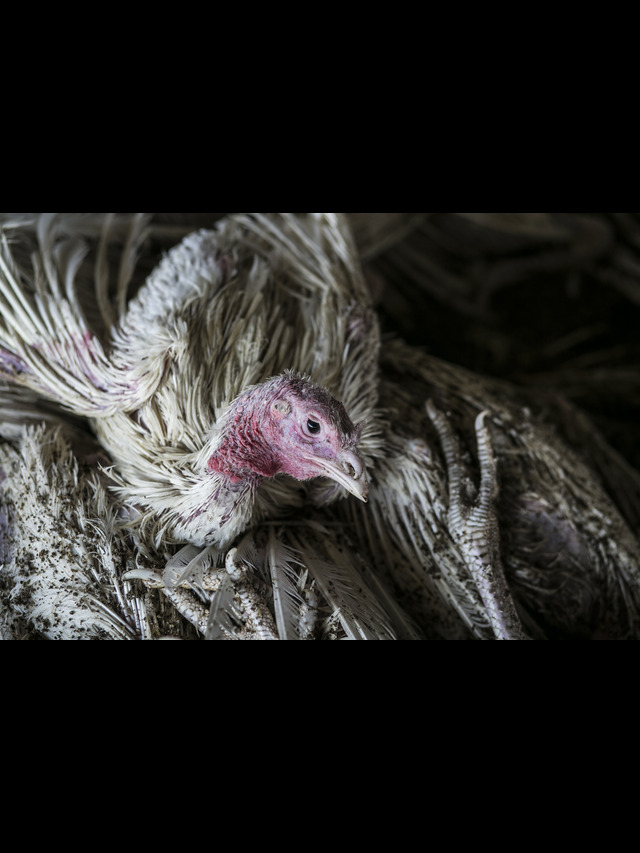Unprecedented Human Case of Avian Influenza in Texas
Texas has encountered an extraordinary event – the identification of the first human case of novel avian influenza A(H5N1) within its borders. This development unfolded after an individual had direct exposure to dairy cattle suspected of carrying the avian flu virus. Avian influenza, also known as bird flu, predominantly affects birds, but sporadic instances of human infection have raised alarms due to the potential for severe illness. The recent case in Texas underscores the urgent need for heightened surveillance and rapid response to contain the spread of the virus.

Symptoms and Treatment
The individual primarily exhibited symptoms of conjunctivitis, commonly referred to as pinkeye. Although typically mild, conjunctivitis can signal various infections, including avian influenza. This manifestation emphasizes the critical importance of early detection and intervention in curbing the transmission of the virus. Upon diagnosis, the patient promptly received treatment with oseltamivir, an antiviral medication recognized for its efficacy against different influenza strains. Oseltamivir acts by inhibiting viral replication, thereby mitigating symptom severity and duration. Swift treatment initiation is paramount to prevent complications and reduce the risk of transmission.

Understanding Avian Influenza
Avian influenza, caused by influenza viruses primarily affecting birds, encompasses several subtypes, with H5N1 being among the most virulent strains. While birds are the primary reservoir, sporadic human infections can occur, leading to severe respiratory illness and, in some cases, fatalities. Human infections typically arise from direct or indirect contact with infected birds or contaminated environments. Symptoms range from mild respiratory issues to severe complications such as pneumonia and, occasionally, death. Although human-to-human transmission is rare, concerns persist regarding potential mutations facilitating efficient human-to-human spread.

Spread to Dairy Cattle
Recent reports have indicated avian influenza transmission to dairy cattle across multiple states, including Texas. This development is noteworthy as it marks the first documented instance of avian influenza among U.S. dairy cattle. The implications of this transmission for animal welfare and the livestock industry warrant careful consideration. Infected cattle may exhibit respiratory symptoms, decreased milk production, and even mortality. In response, health authorities are collaborating closely to investigate and mitigate further spread. Stringent biosecurity measures are being implemented on dairy farms to prevent transmission among cattle and minimize human exposure.

Public Health Measures
In response to the human case of avian influenza in Texas, public health authorities have instituted several measures to curb virus transmission. Healthcare providers are urged to maintain vigilance for signs and symptoms of avian influenza and promptly report suspected cases. Enhanced surveillance efforts are underway to monitor for additional cases in both humans and animals. Public awareness campaigns aim to educate the community on avian influenza risks and preventive measures. Swift and coordinated action is crucial to prevent further spread and protect public health.
Recommendations for Healthcare Providers
Healthcare professionals should consider avian influenza A(H5N1) virus infection in patients with relevant exposure history. Early detection and treatment are pivotal for optimal outcomes. Providers should inquire about recent travel, occupational exposures, and contact with sick animals when evaluating patients with respiratory symptoms. Prompt isolation and antiviral treatment initiation can curtail transmission. Clinicians should be cognizant of potential severe complications, such as pneumonia and respiratory failure, in avian influenza patients.

Infection Control Measures
Stringent infection control measures are essential to prevent virus transmission. Facilities must adhere strictly to standard protocols, particularly when assessing patients with respiratory symptoms and recent animal or human exposures. Adequate personal protective equipment should be worn when caring for suspected or confirmed avian influenza cases. Reinforcing hand hygiene practices among healthcare workers and patients is imperative to minimize transmission risk.

Treatment and Chemoprophylaxis
Immediate initiation of antiviral treatment, such as oseltamivir, is recommended for suspected or confirmed avian influenza A(H5N1) cases. Antiviral medications inhibit viral replication, mitigating symptom severity and duration. Chemoprophylaxis may be considered for close contacts of confirmed cases, based on exposure risk. Antiviral medications can also be used prophylactically to prevent virus spread among close contacts. Treatment decisions should align with public health recommendations and individual circumstances.

Public Health Recommendations
Public health agencies advocate vigilance and good hygiene practices to mitigate infection risk. This includes frequent handwashing, respiratory etiquette, and avoiding contact with sick animals or unpasteurized milk products. Enhanced surveillance efforts are underway to monitor for additional avian influenza cases. Public health authorities collaborate with stakeholders to coordinate response efforts and minimize virus impact.

Conclusion
The human case of avian influenza in Texas underscores the ongoing threat of emerging infectious diseases. Through coordinated efforts, we can contain virus spread and safeguard public health. Continued vigilance, early detection, and prompt intervention are essential in mitigating avian influenza impact and preventing further transmission. By adopting preventive measures and staying informed, we can mitigate future outbreaks and protect public health.

